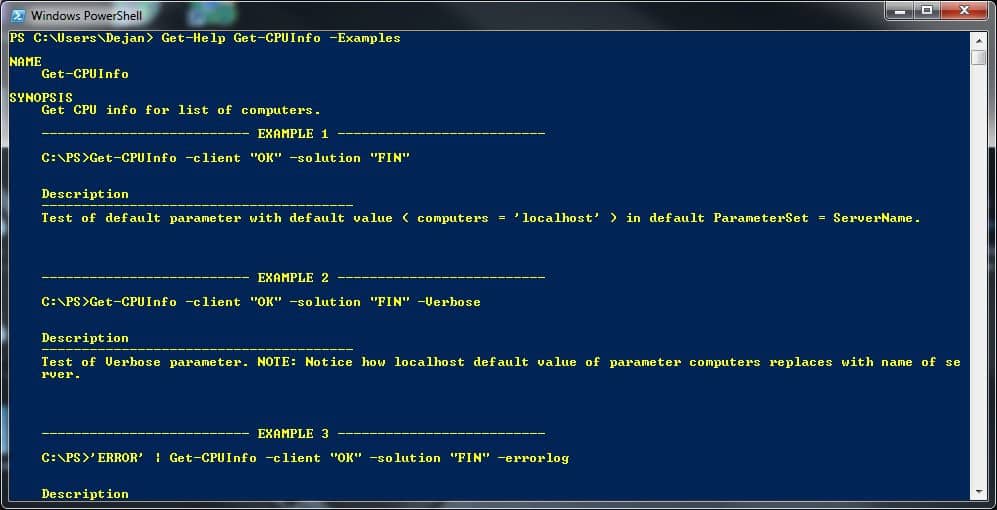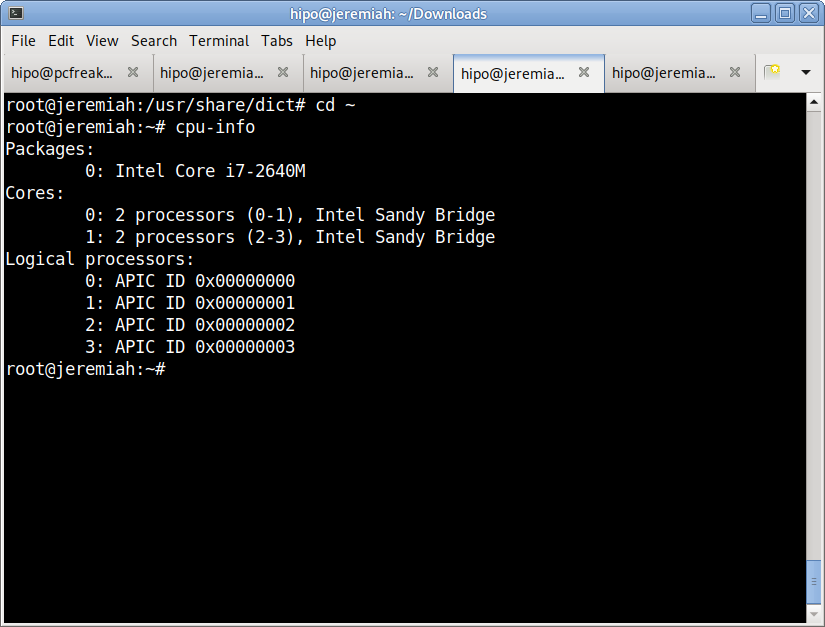

CPU Usage can only be measured over a specified interval of time. When you have some spare time, take a look at the /proc filesystem on your Linux system for other system information you can find, including /proc/loadavg, /proc/vmstat, and much more. email protected cat /proc/cpuinfo grep core core id : 0 cpu cores : 1 On the other hand, CPU usage is the percentage of time a CPU takes to process non-idle tasks. I hope these Linux processor and memory commands have been helpful. H ow do I find out my CPU architecture information under Linux operating systems using the command line You can use the /proc/cpuinfo file or use the lscpu command to get info about CPU architecture.


Summary: Linux processor and memory commands When I issue the Linux memory information command, I see the following output:Īs you can see, my current Linux system has 2 GB RAM, with all the additional memory information shown there. Model name : Intel(R) Pentium(R) 4 CPU 3.00GHzįlags : fpu vme de pse tsc msr pae mce cx8 apic mtrr pge mca cmov pat pse36 clflush dts acpi mmx fxsr sse sse2 ss ht tm pbe constant_tsc pni monitor ds_cpl cid xtprįrom that output I can see my current system is a two-processor Intel system, with additional information about the Intel CPU (CPUs, actually). If you are aware of the directory structure in Linux, you already know that proc is a special directory in. When I issue that Linux processor information command on my current hardware system, I see this output: Other commands to check CPU information in Linux. (See below for sample output.) Linux processor command output To see your Linux memory information and memory stats use this command: If such flag represents a hardware feature, it also means that the hardware supports it. If a given flag is present, it means that the kernel supports it and is currently making it available. How does one interpret the information printed out by the following command in Linux.
LINUX GET CPUINFO HOW TO
(See below for sample processor output.) How to show Linux memory information If users want to know if a feature is available on a given system, they try to find the flag in /proc/cpuinfo. Check whether KVM is currently installed on Linux Install the cpu-checker package: sudo apt-get install cpu-checker egrep -c (vmxsvm) /proc/cpuinfo. If you use the KDE desktop, find all the CPU information you could ever need in the KInfocenter. If you use the GNOME desktop, you can see what kind of CPU you use in the Settings application. To see what type of processor/CPU your computer system has, use this Linux command:Īs you can see, all you have to do is use the Linux cat command on this special /proc/cpuinfo file on your Linux system. 6 ways to get information about your CPU on Linux GNOME settings. Linux FAQ: How can I find Linux processor and memory information? (Also written as, How can I find Linux CPU information?, How can I find Linux RAM information?) How to show the Linux CPU/processor To get CPU info only, you just have to pair the hwinfo command with -cpu option: hwinfo -cpu Get the Number of Cores using nproc If you are curious to know just the number of cores present in your system, then the nproc command will do the job. cpuinfo is a library to detect essential for performance optimization information about host CPU.


 0 kommentar(er)
0 kommentar(er)
